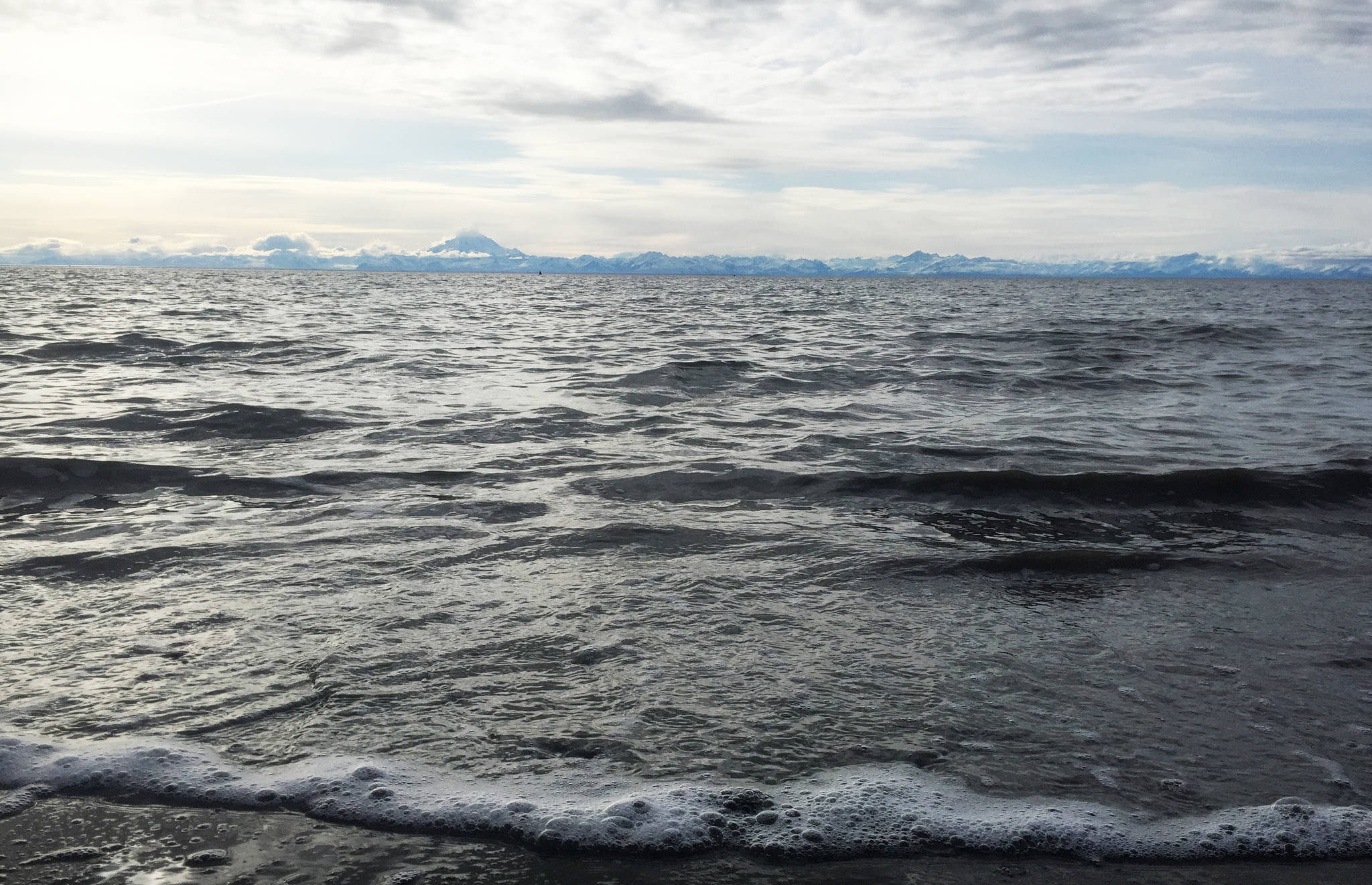It’s easy to run into picture-perfect moments on the Kenai Peninsula, from a beautiful vista above Skilak Lake to a moose and her calf in the neighbor’s backyard — but a camera isn’t always within reach, or may be too bulky to lug up Skyline Trail.
Luckily, technology has put a fully functional camera in your pocket, with the latest iPhone rear-facing cameras flaunting 12 megapixels and panoramic ability. However, taking high-quality photos with a cellphone requires more than just “point and shoot.”
Jody Overstreet of Alaska Photo Treks in Anchorage has a range of tips for taking iPhone photos to a professional level.
“The first thing is that you become really familiar with what is available in the settings menu in your phone,” Overstreet said. “A lot of phones today have a lot of options and things that can mimic (digital cameras). … You can do a lot if you get into your settings and learn what’s in your phone.”
For action photos, a useful tool is the phone’s “burst mode,” which takes 10 photos in one second, reducing blur and the chance that the moment is missed.
It’s also important to treat the phone’s camera like a regular camera lens.
“Always make sure the lens is clean,” Overstreet said. “Phones get dirty really easy because they are handled so much and that can compromise image quality, with grease and fingerprints.”
And while the lens of cellphone cameras will get the job done, there are an array of lens attachments that help enhance cellphone photographs.
“Check out some accessories, like the specialized lenses you can clip on to your phone and get a special effect,” Overstreet said. “You can get fisheye, super wide angle, macro for shooting up close.”
There are also a wide selection of tripod accessories — unless a selfie stick is more your style — that clip onto a cellphone, providing more stability than shaking hands after a tough hike.
“The tripod comes in handy,” Overstreet said. “Especially if you’re using specialized apps, like there is one that can mimic slow shutter effect.”
These apps, such as Slow Shutter Cam for iPhone, allow phone users to take advantage of different shutter speeds but require a steady hand or a tripod to capture running water on mountain streams or waterfalls.
To capture a beautiful landscape paired with a smile, Overstreet recommends using the flash as a fill light on bright days.
“For doing portraiture and stuff, especially in bright light or shooting pictures of people at sunset, the little built-in flash is handy for fill-in light,” Overstreet said. “But it only works at very close range, so you need to be close. I don’t recommend that flash for much because it is pretty weak and harsh, but it does make a great fill flash.”
Balancing bright backgrounds with a foreground can be the biggest struggle for a cellphone photographer, but the best tip for balancing the exposure in those scenarios is the fingertip.
“To get a correct metering for a subject, usually the camera meters the overall light and doesn’t know what your subject is,” Overstreet said. “It may go bright in the foreground. You can compose the scene so there is less foreground so the camera is metering for just the sky to give you those beautiful features or you can put your finger on the screen and tell the camera what to focus on.”
Overall, though, cellphone photography bears all the same traits as regular photography, so composition is key.
“The rules of composition, the elements of composition and design apply to phone photography as much as they do for any other photography,” Overstreet said. “Things like leading lines, patterns, textures, repetition, including a foreground, middle ground and background — they all apply and make for much better photography. So, if you become familiar with those elements of design, then your photos will improve greatly.”
It’s fun, especially with a cellphone, to find a new, unique angle and to put an interesting spin on a scenic view.
“Always look for an unusual point of view,” Overstreet said. “Most photos are taken at eye level, because that is the way people take photos of the world. … Get high, get low, go around the subject. … Getting a different point of view offers a more captivating image.”
And a final tip comes from an old photographer adage.
“The best camera is the one you have with you,” she said.
Reach Kat Sorensen at kat.sorensen@peninsulaclarion.com.

